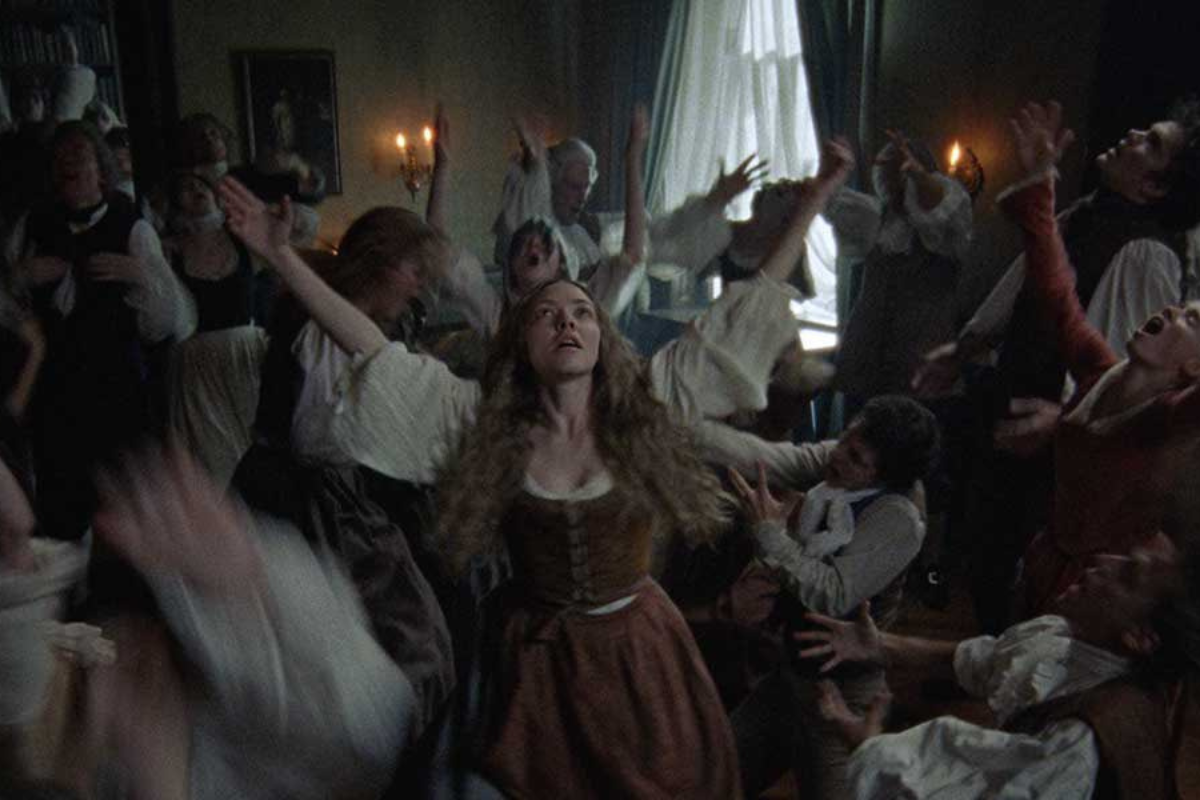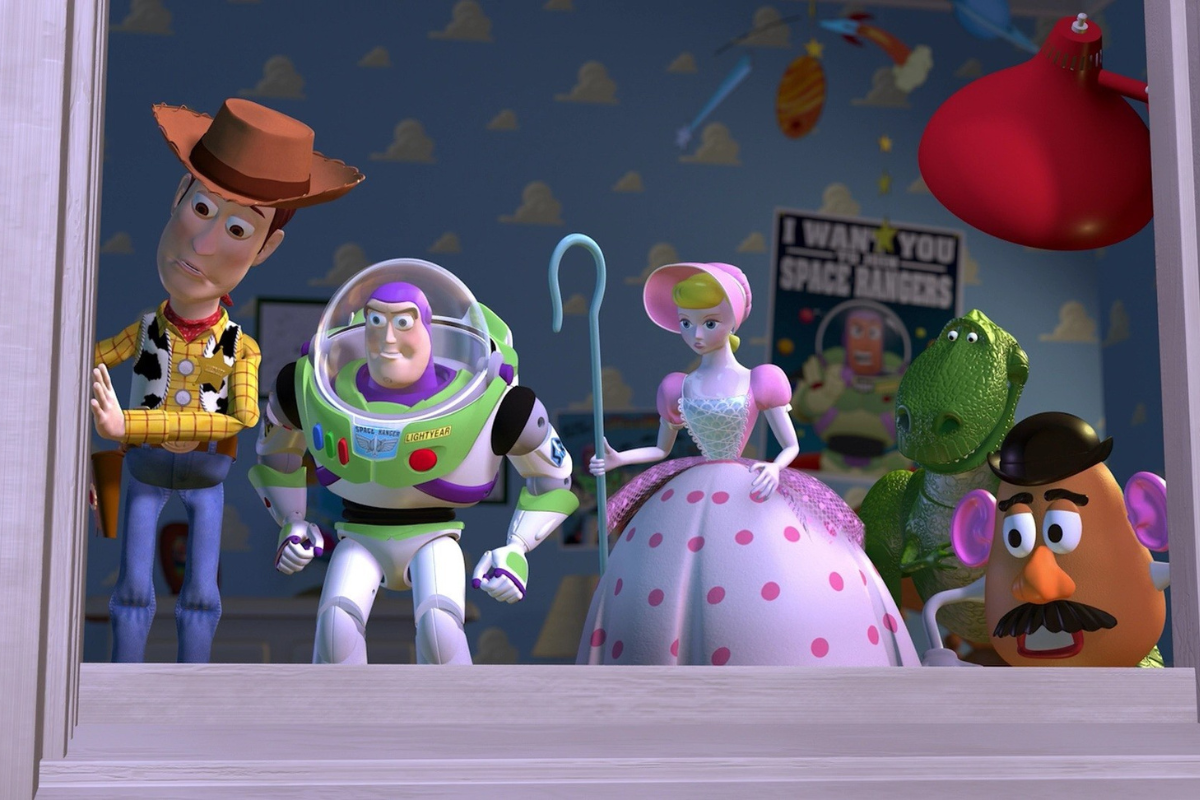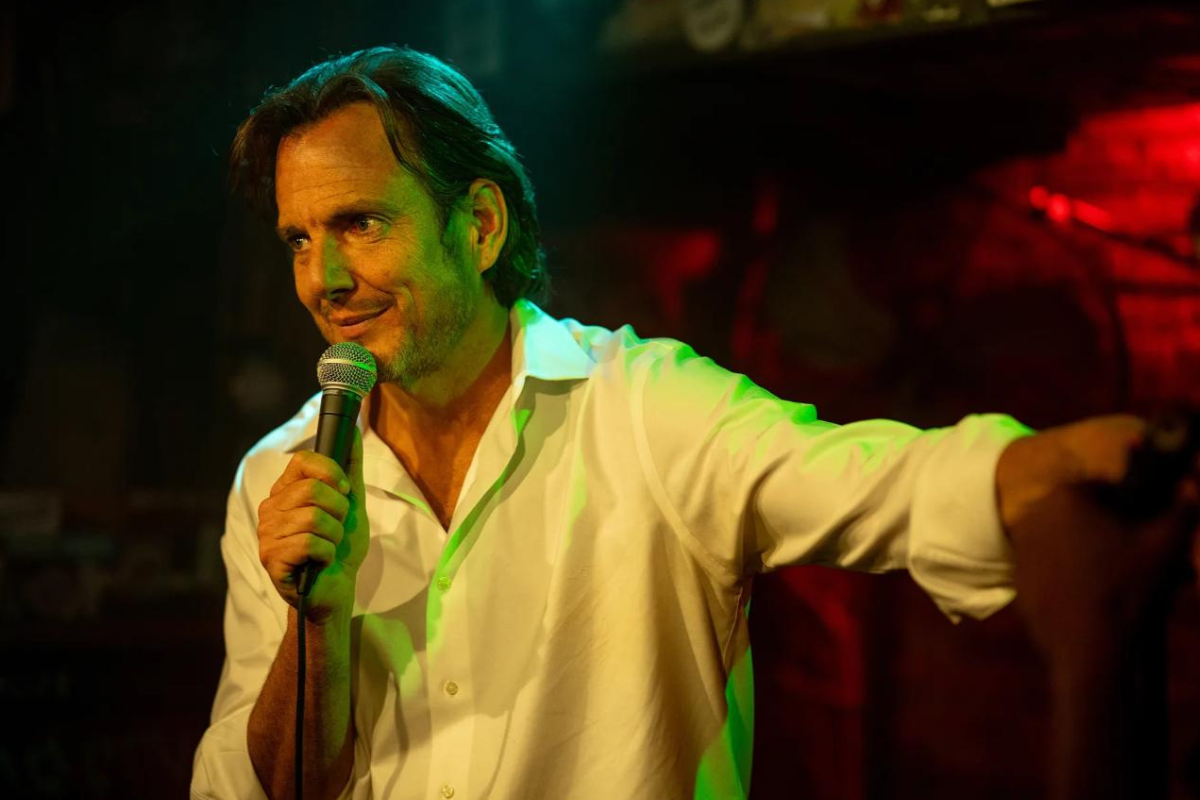On Chesil Beach—Not Saying Enough and Missing the Point
Joy Cheriel Brown reviews On Chesil Beach, exploring the missed opportunities in structure and building tension.
Joy Cheriel Brown reviews On Chesil Beach, exploring the missed opportunities in structure and building tension.
The older you get, the more you notice that times change. Topics that were once taboo in past generations no longer are nowadays. With each passing decade, people are more able to be their authentic selves and tell the truth, no longer hiding and burying dark secrets. Instead, they are bringing those secrets to light where they can be dealt with and where healing from deep wounds can begin. On Chesil Beach wanted to be the movie that speaks to this taboo but failed because of the loss of tension by structuring the movie as a frame story instead of telling it linearly, the stakes not being high enough, and the theme being too far buried under subtext without ever fully addressing it.
Structure
I love frame stories. I remember falling in love with them in the 6th grade and the subsequent story I wrote because of it. It is an interesting storytelling device to have a story in the present, and then another related story set in the past. But this didn’t work in On Chesil Beach, even if that is how the novel on which the movie is based is structured, which was written by Ian McEwan (who also adapted the screenplay). If you look up the logline of what the movie is about on IMDb, it gives a convoluted summary when basically the movie is about a newlywed couple consummating their marriage on their wedding night with complications. Then as the story progresses, the wedding night is broken up by flashbacks that show the couple’s courtship, and many of the flashbacks seem to have nothing to do with what the main story is about—consummating their marriage.
Whenever the tension starts to build in the main storyline, which is with the couple in their hotel room on the evening of their wedding, it is broken by a flashback of their courtship. This happens repeatedly and the movie never seems to gain momentum. While this may have worked in the novel, it does not work in the movie. The flashbacks actually tend to become a nuisance rather than adding nuance to the story. Maybe if the story was told in a more linear fashion, it would have created a more steady buildup, which in turn could make the audience care more about these two people being together.
Stakes Not High Enough
Another reason the movie doesn’t work is because the stakes are not high enough. For us to sit through a two-hour movie about whether or not a couple consummates their marriage, we have to actually care about the couple, but do we care about them? I didn’t. There didn’t seem to be any type of special enough connection between them to warrant them marrying each other; they could have been with anyone else and been just as happy.
When a couple feels like their partner is the only one who really gets them, I seem to get on board with that a whole lot more because then they NEED to be with that ONE specific person and no one else will do. That wasn’t the case in this movie. While Florence, played by Saoirse Ronan, was very good with Edward’s (Billy Howie) brain-damaged mother, it didn’t seem like a compelling enough reason for them to be in love and get married. In fact, Florence is a violinist and Edward seems to know close to nothing about classical music. That’s okay, though, because he is extremely supportive and loves learning about it. Even so, I felt as if they could have been with any other random person and have been just as happy.
Theme in Subtext
It is hinted at that Florence’s apprehension to consummate the marriage may stem from sexual abuse from her father (played by Samuel West). There was a brief clip that shows Florence in bed at night in her bedroom and then the shadow of the door opening and a man coming in. Since her father is the only man that lives in their house, it is assumed to be him. I understand why this issue was in the subtext—because the story takes place in the early 60s and people just didn’t talk about such things, but maybe if there were more scenes dedicated to this issue, the movie overall would have more depth. If the story were told in a more linear fashion, showing the courtship and the tension surrounding them having sex, and then lead up to the wedding night, instead of starting with the wedding night and breaking it up with flashbacks, the tension would have grown more organically and created more tension and interest for the audience.
On Chesil Beach is full of subtext, and that’s a good thing because it fits the time and mood of the piece. However, there could have been a way to tell the story while keeping the subtext and doing a better job of letting the audience in on what’s really going on. The scene where Edward is trying to find out why consummating their marriage is so hard for Florence would have been that much more powerful. This is an example of when superior knowledge for the audience would have engaged them more. As the film is now, it doesn’t fully address the sexual abuse and wasn’t compelling enough to warrant a second viewing or to read the novel on which the film is based.
Get your story on the page with the help of Paul Peditto's Screenwriters University class
Beyond writing and producing original works—like the short, N.O.S. (now available on Amazon Prime)— for her production company, Third Person Omniscient Productions, Joy Cheriel Brown has also served as a screenwriting mentor for the DC Shorts Filmmaking Mentor Series and as a panelist for the screenwriting panel at the Prince George’s Arts and Humanities Council’s Festival of Literary Arts. In addition to writing for Script Magazine, she also writes for other media outlets. She is also the author of The Secret of Life Through Screenwriting: How To Use the Law of Attraction to Structure Your Screenplay, Create Characters, and Find Meaning in Your Script You can follow her on Twitter and Instagram @JoyCheriel.







